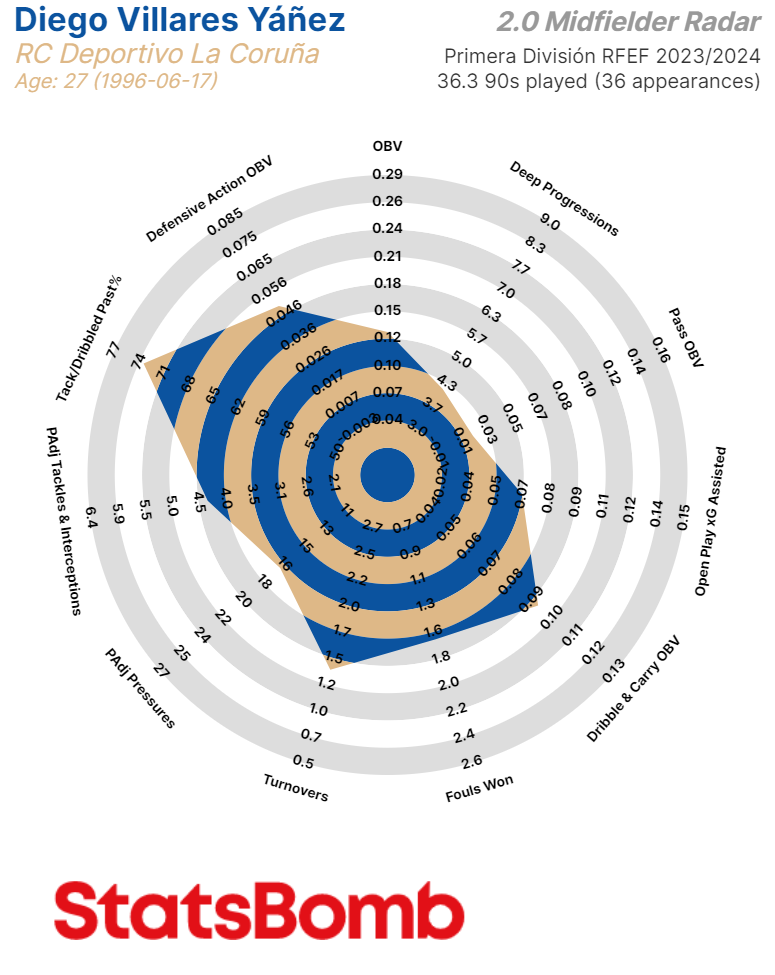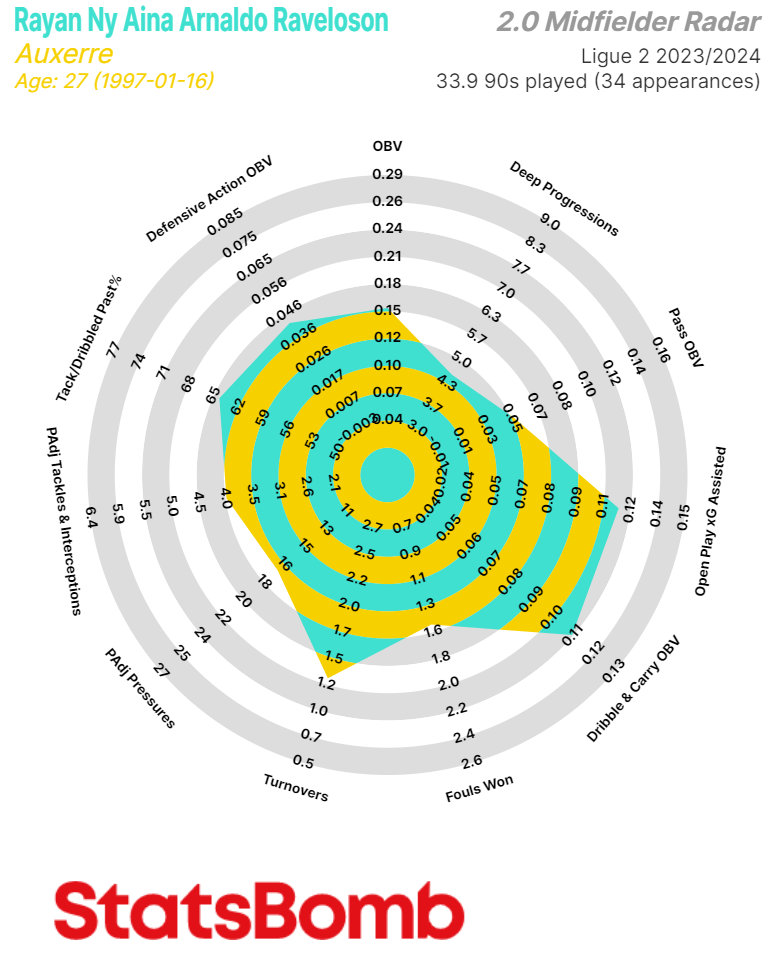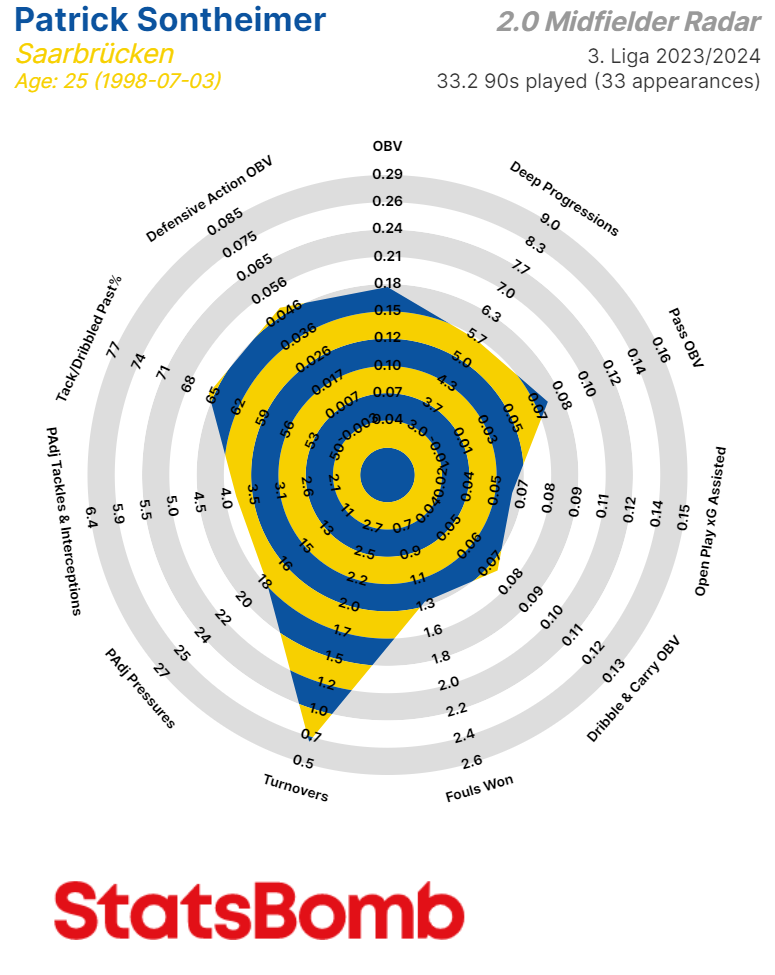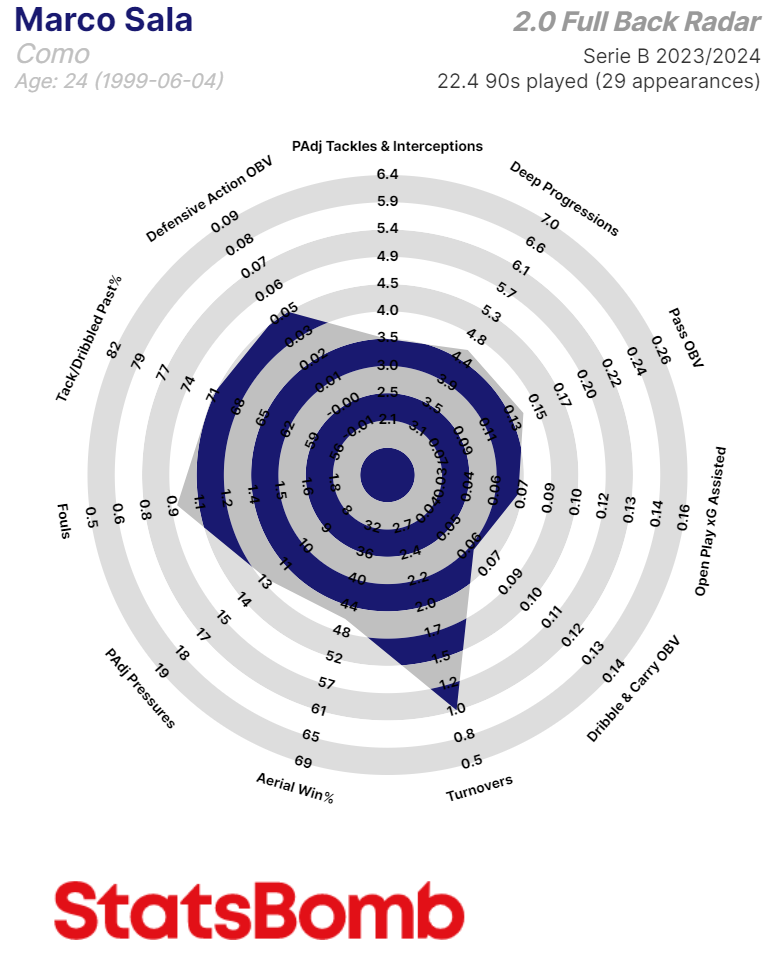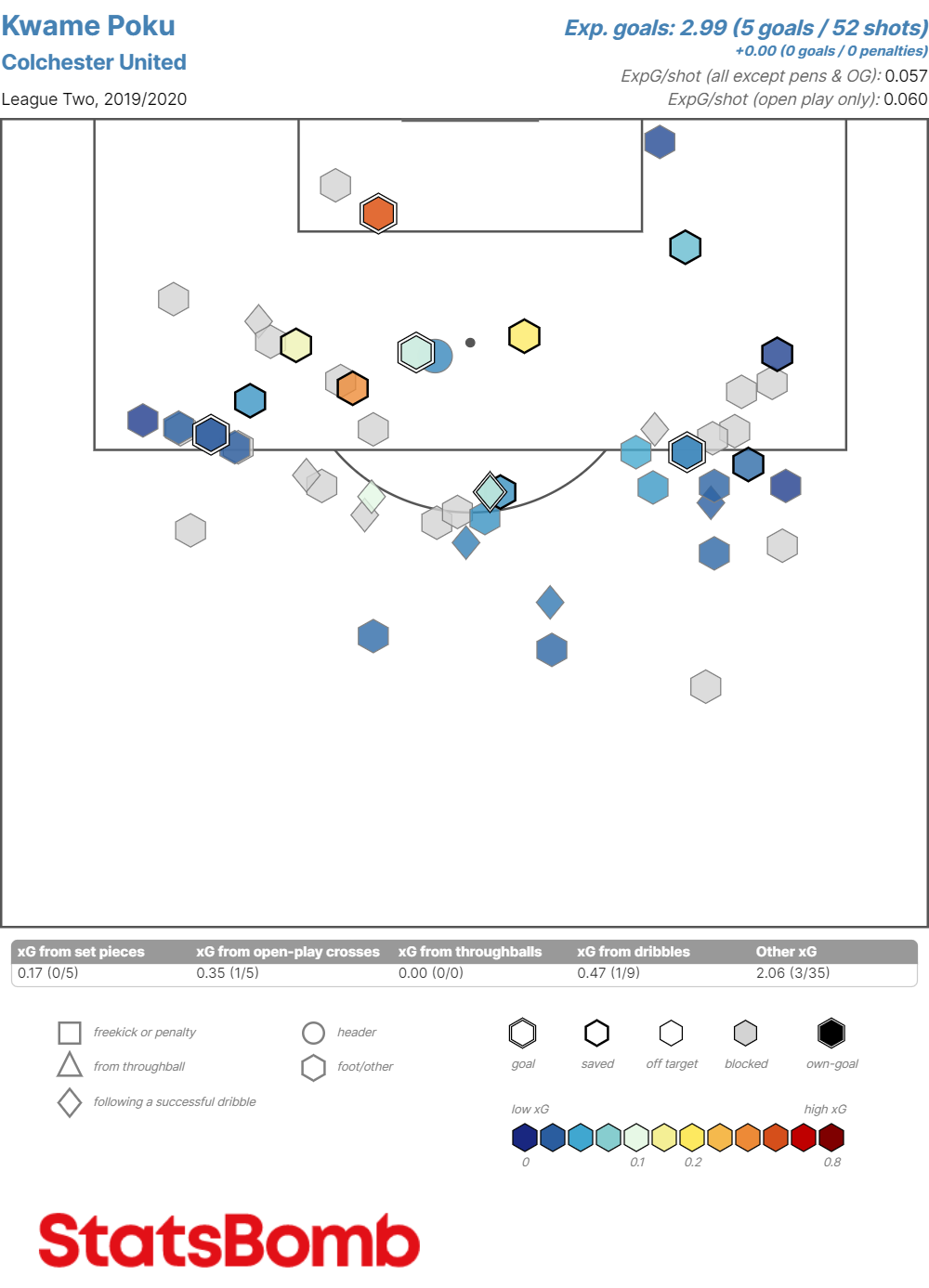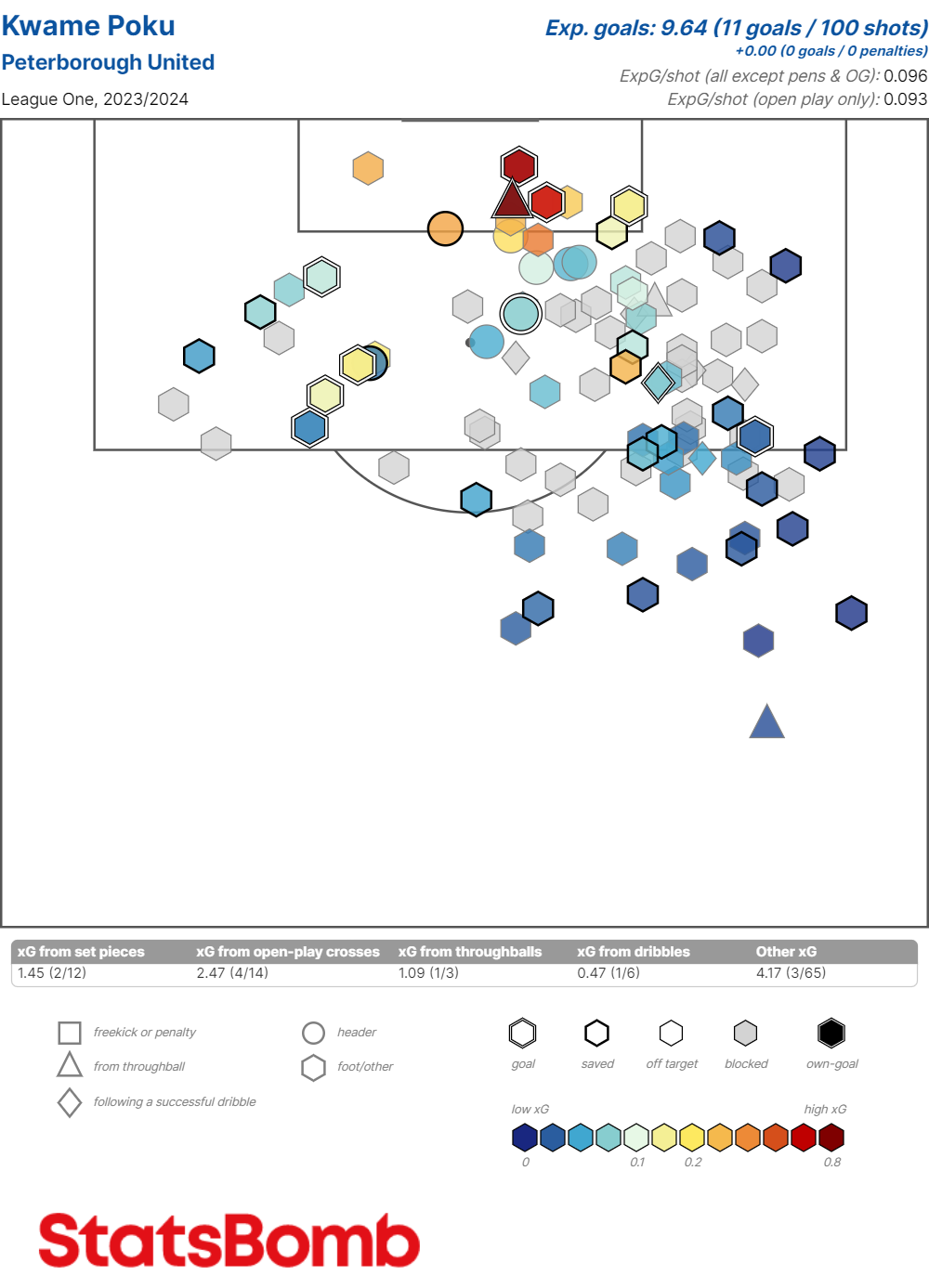This time two years ago, StatsBomb CEO Ted Knutson published an article about how the use of advanced data was becoming more prevalent by clubs competing in League Two - the fourth tier of English football. Owners were becoming smarter. Budgets were being reallocated. Teams were turning to analytics and seeing the results.
It wasn’t just teams in the English lower tiers either. Clubs of all sizes across Europe and the wider world of football have now opened their eyes to a competitive edge that they will never stop using. This season, teams using StatsBomb throughout their organisation have been promoted in France, Italy, Belgium, Spain, and even more from further afield. In England, seven of the eleven promoted teams in the English Football League were customers, including 11 of the top 13 teams in League One.
The conclusion that's being drawn around the industry is: StatsBomb Data and IQ not only provide an edge with recruitment and analysis - they are now mandatory to compete.
So, how is the landscape looking a couple of years on?
A background of increased investment
It would be remiss to talk about the increase in the use of advanced analytics without mentioning the backdrop of increased investment at all levels of football. You can’t mindlessly scroll through Disney Plus these days without being reminded that teams up and down the pyramid are benefitting from high profile injections of cash to help them progress through the ranks. And this isn’t just happening in Wrexham, but all across the world of football (only with fewer superheroes involved).
This influx of money, experience and expertise - often from American sports - has helped to instil a culture that is more and more open to the use of data and analytics driving decisions throughout the organisations involved.
Two years ago we were starting to prove the case and working with the early adopters at lower levels. Now the need for analytics and the services that StatsBomb provides are much more demand-led. Often, it feels like we’re pushing against increasingly open doors.
Fostering improvement on and off the pitch
At any level, gaining a competitive edge is important. But equally, if not more important, in the lower levels is the need to avoid mistakes. Smaller budgets and a more stretched staff mean that misallocated resources can have repercussions that extend for multiple seasons.
Historically, data and analytics have been seen as an additive, something that the big teams can use to squeeze out more and more marginal gains across scouting and match analysis. And while this is true at the lower echelons too, the benefits in terms of smarter scouting can be felt from avoiding missteps and wasted time at all stages of every workflow.
Smaller teams are less able to recover from a transfer window spent scouting unsuitable players, and less likely to be able to take a punt on someone who won’t immediately impact the prospects of their first team. In terms of impact, mistakes can cost more at this level, and the teams that overachieve over a sustained period of time are those that have more hits than misses in the transfer market.
Smart, data-led scouting designed to improve a club and set it up for the future on and off the pitch is a central theme of the growth of lower league analytics in the last few years.
How exactly are teams applying the data?
The use case for data in teams with big budgets and wide horizons is pretty obvious on the face of it - there are a world of players you could possibly sign, but you can’t physically scout 50,000 players. Narrow it down, get the best possible shortlists and find your next star players. Simple.
But how does that translate to the lower leagues? Smaller budgets mean smaller use cases, right? Well, sort of. But that doesn’t mean smaller gains. If anything the opposite can be true.
If a team has to compromise while shortlisting, data can help them focus on the attributes that matter most to them, or to identify a player who is competent across a variety of areas instead of an elite performer against a particular metric.
Or teams can use the strengths of their coaching staff to identify players who may be underperforming in their current environment. For example, if a player has a low xG/Shot and a high volume of shots, it suggests that they are frequently shooting from inopportune areas. This sort of decision-making might be something that a competent, skilled coaching staff can improve upon - particularly in younger players.
Conversely, if a player is poor in the air, this might be a non-negotiable as a team may not have the tools to dramatically improve a player’s aerial ability - particularly if it’s a smaller player.
We’ve also seen teams at lower levels using data from historical seasons to identify players who may be currently undervalued. Data can help to identify players who have previously performed well but are now being utilised in a different way at their current club, or may benefit from playing a slightly different role.
The end of the beginning
In the last couple of years, we’ve started working with more than 30 new teams who are competing in the second division or lower in their respective countries.
We’ve also onboarded several more women’s teams, who are leveraging analytics as the women’s transfer market becomes more competitive and professionalised.
And we’ve also seen our customers translate increasingly smart operations into on-pitch results.
Ted’s article in 2022 talked about the analytics train leaving the station for smaller teams. Get on board or risk getting left behind. Well, we’ve seen evidence that people have taken that advice to heart. And the risk of getting left behind is only going to increase further year-on-year.
Get in touch today and see how we can help you achieve your aims.



